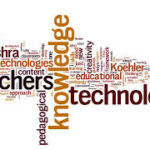
Professional Development that creates collaborative digital environments while addressing content curriculum
While changes in schools happen slowly, professional development for teachers is being transformed through technology. Gone are the prescribed agendas with approved district topics or mandates, replaced with teacher choice and voice. Teachers have been complaining about how professional development doesn’t benefit them in the classroom consequently, doesn’t even support them in their current work.
read more
EDU 6526: Instructional Strategies: Meta Reflection
My approach this semester was to review these instructional strategies as they would best demonstrate, in my opinion, the possibility of proficient or distinguished designated with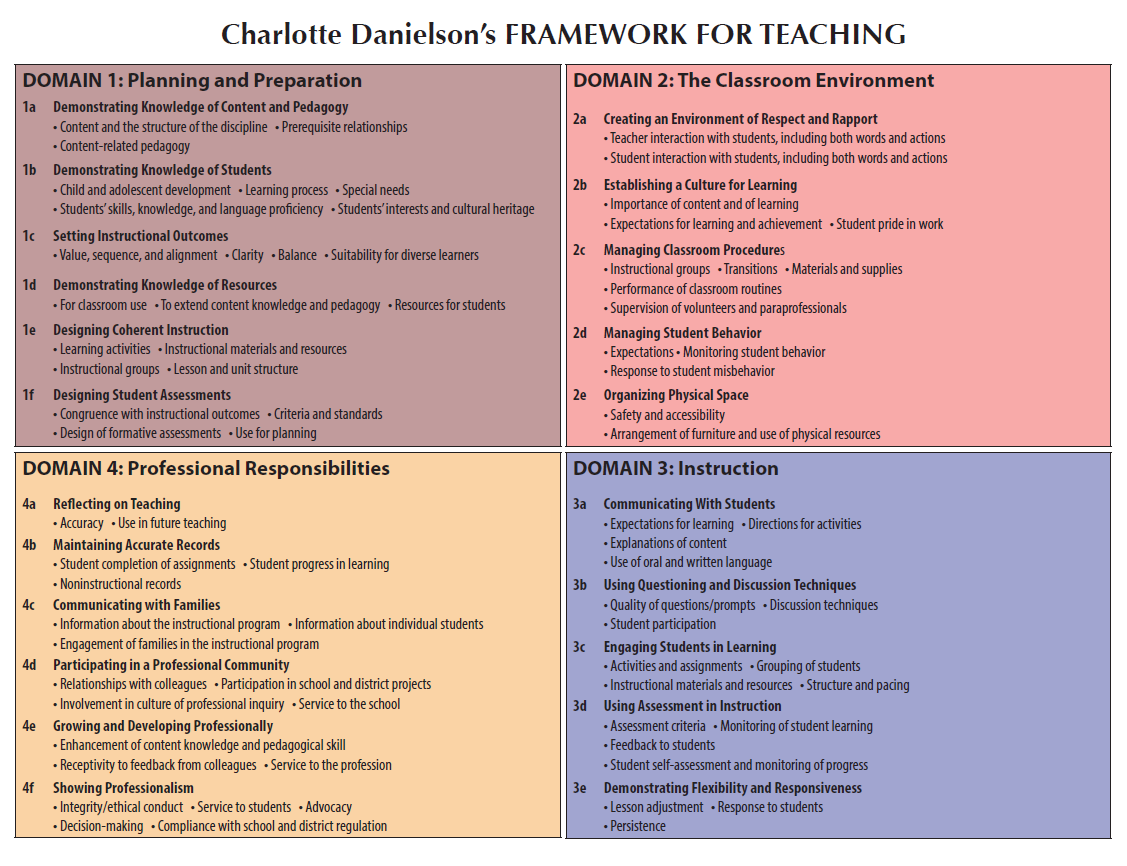 in the components of domains 2 and 3 in Danielson’s Framework. Since our district has adopted the framework for the teacher evaluation process, the various strategies within the instructional model families can be used to strength weaknesses within those components. While only one of the components was attached to each post, it is important to note that each instructional strategy could be used within multiple components.
in the components of domains 2 and 3 in Danielson’s Framework. Since our district has adopted the framework for the teacher evaluation process, the various strategies within the instructional model families can be used to strength weaknesses within those components. While only one of the components was attached to each post, it is important to note that each instructional strategy could be used within multiple components.

Instructional Strategies: Self-Esteem
How can a teacher foster student self-esteem?
As educator’s we want our student to show growth in our content areas, and as students and people. Teachers have a direct effect on student’s growth as a person, their self-esteem, and can help or hinder them. In order to directly effect and promote self-esteem, one must first understand what that is.
read more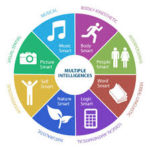
Instructional Strategies: Multiple Intelligence
How practical are multiple intelligence activities?
Before I look at how practical these activities are, I first need to understand what is multiple intelligence? Then I can look and see what activities are considered multiple intelligence activities? When asking my students how they know if someone is intelligent, they have varied answers.
read more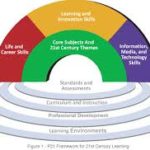
Instructional Strategies: CTE & Citizenship
High School is one of the last steps before adulthood, and is one of the last “safe places” for young adults to learn the lesson’s they need to navigate the consequences of their choices. Some of my students need these lesson’s to help them understand their roles and responsibilities in the community. Moral development is a function that we provide, even if it is in the simplest form of reinforcing norms.
read more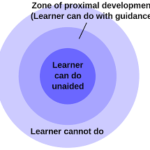
Instructional Strategies: Constructivism & Zone of Proximal Development
Does constructivism promote academic excellence?
Constructivism absolutely leads to academic excellence because it requires that students are actively engaged in their own learning. In Classroom Instruction that Works, we read that this type of engagement integrated through Cooperative Learning positively affects “both academic and socioemotional achievement, self-esteem, motivation, and engagement with school” (p.46).
read more
Instructional Strategies: Advance Organizers for Students with Disabilities
Organizers of any kind, whether they are concept maps, flow charts or story maps, are a good way to assist students to connect foundation knowledge with current and new learning/concepts. What they also can do is help students understand how they learn, they then can master new learning at any phase of their lives.
read more
Instructional Strategies: Concepts important in my instructional setting
One of the classes I teach is AP Computer Science where students learn how to program in Java. My class is a University of Washington in the High School class and also articulated for credit through several local community colleges. Programming relies heavily on math and very detailed that a missing semicolon in a hundred lines will keep a program from running, thus making it a struggle at times.
read more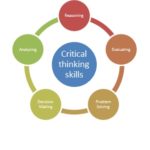
Teaching Strategies: Using Questioning to Develop Critical Thinking
Questioning can be an effective teaching strategy when we move beyond asking students to remember and involve higher level thinking skills, such as analysis, synthesis or evaluation. To be truly effective, questions should elicit prior knowledge, but also challenge students to think deeper. One way to scaffold learning using questioning is through Bloom’s taxonomy. We are provided with a set of question stems to help in developing guided opportunities. Dr. RobertMarzano, CEO of Marzano Research Laboratory states that teachers who ask more questions, are more effective and by asking asking those that require high-order thinking skills, result in an increase in student learning. (Marzano).
read more
bPortfolio
Hello,
My name is Shannon Thissen and this is my 22nd year in teaching, but only my 17th year teaching High School. I was in my senior year of my Computer Science degree when the department chair asked if I were interested in teaching a couple sections of the introductory programming course. My focus was on programming languages and I thought that it would benefit me, what I didn't count on was enjoying it so much. The following year I worked on my teaching certification. I spent several years teaching at the Community College and Junior High before I found my position teaching Computer Science in High School.
read more